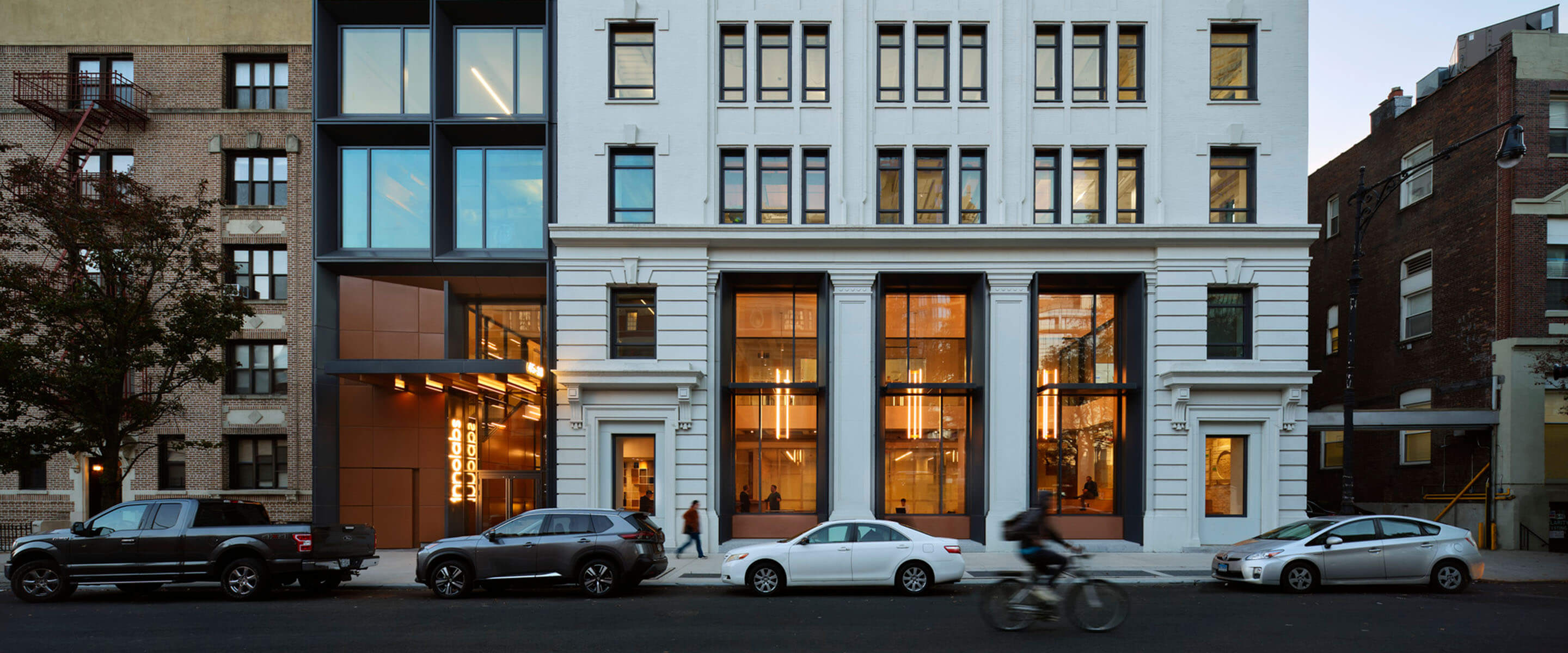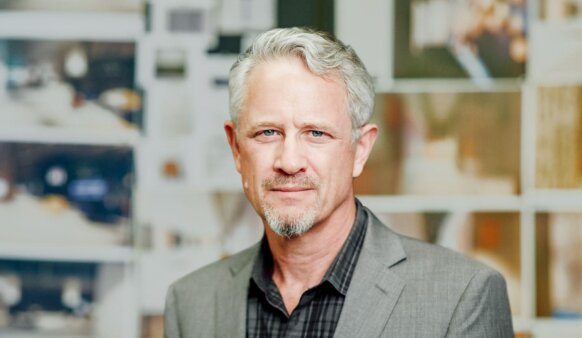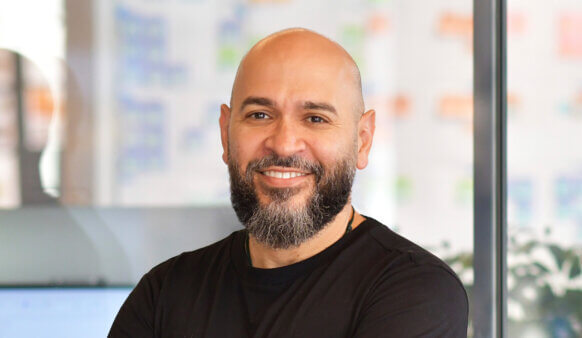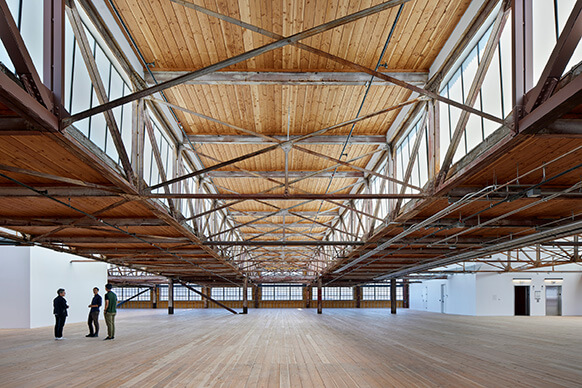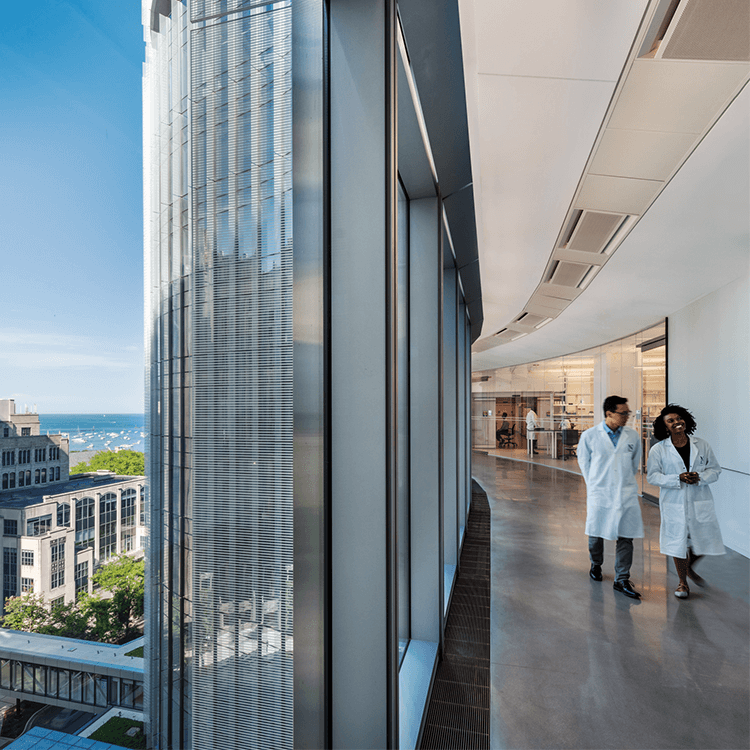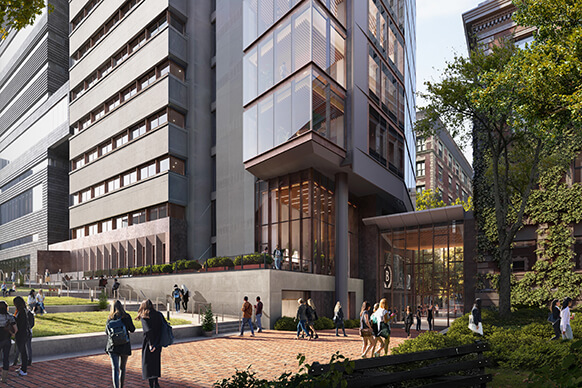
Innolabs
With a mission to deliver space solutions for innovators, create value for investors, and benefit communities through capital-intensive and environmentally responsible development projects, Boston-based King Street Properties (KSP) recently expanded into the New York market.
KSP sees great potential in the New York City area. “Our thesis is that for a life sciences cluster to flourish, a location needs to have five things,” says Ed Jaram, who led the project for KSP. “It needs world-class academic medical institutions, venture capital, and access to transportation. It needs to be an appealing place for people to work and play. And last but certainly not least is the political will to get this done, and that’s what’s really changed in New York City over past five years or so.”
In partnership with NYC’s Economic Development Corporation, Jaram and others at KSP worked with designers at Perkins&Will to creatively adapt and expand an existing building in Long Island City. The result is Innolabs, a modern scientific workplace complete with collaboration areas, amenities, and state-of-the-art life sciences laboratory space that’s flexible enough to accommodate start-ups or long-established companies.
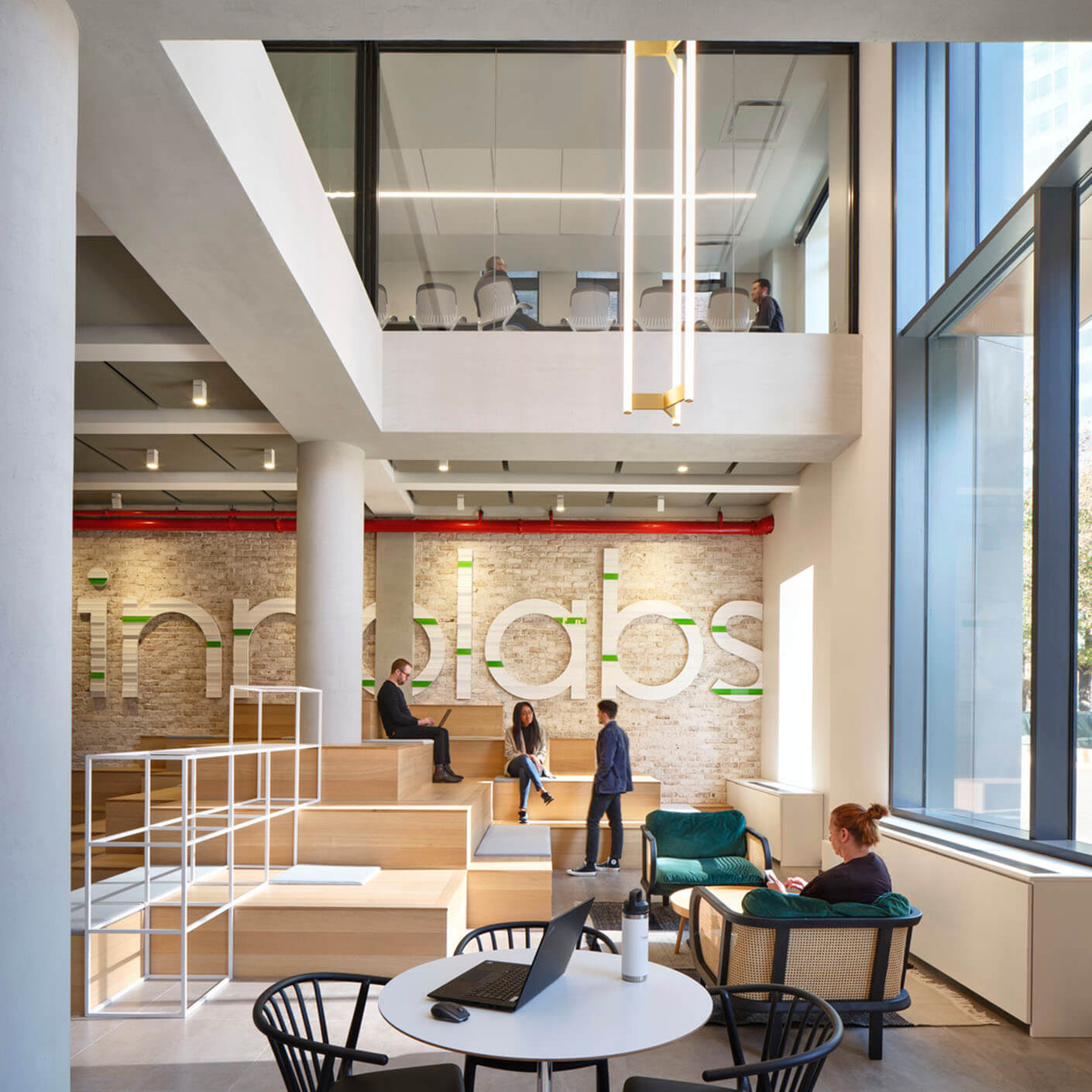
― ED JARAM, KING STREET PROPERTIES
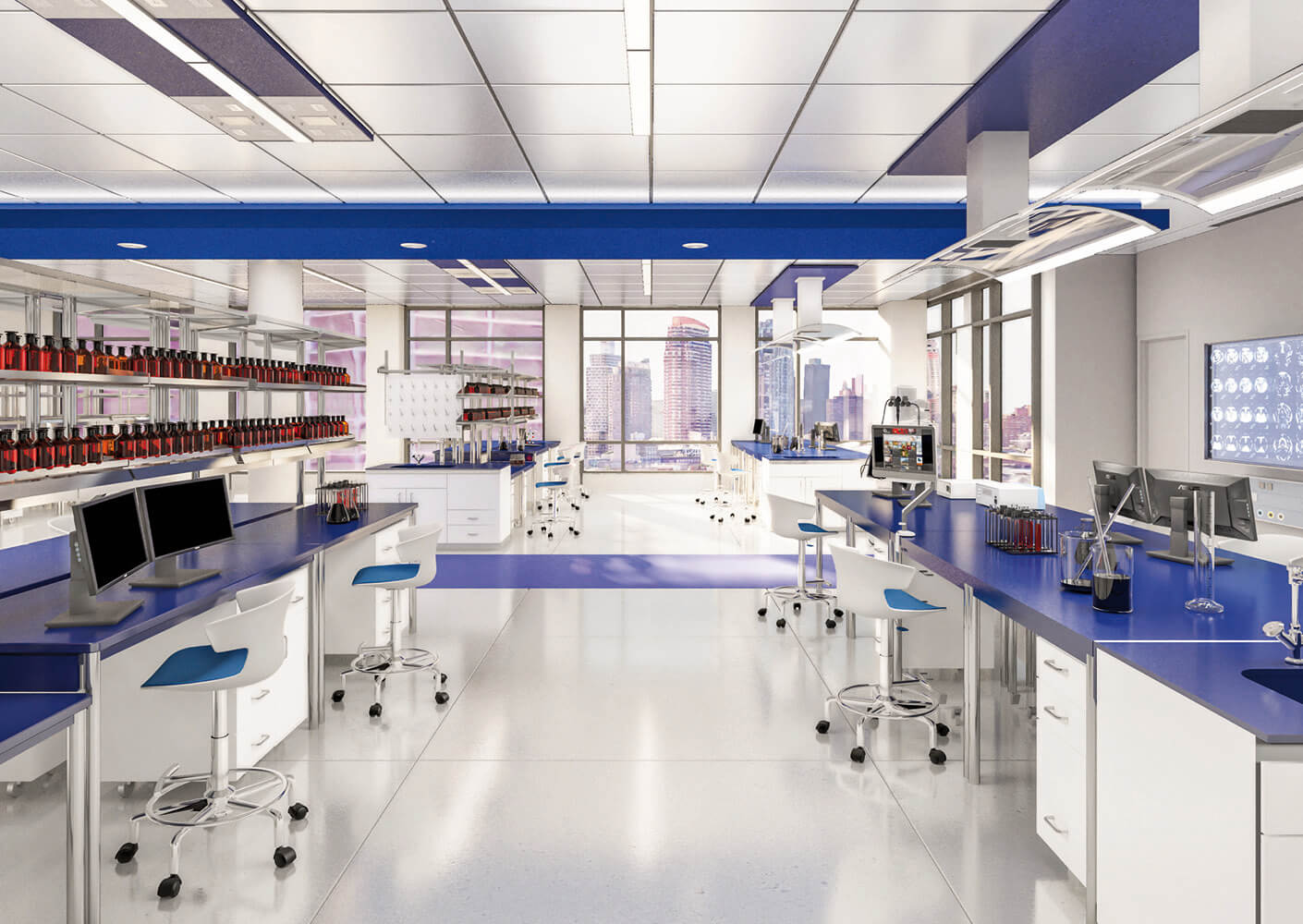
Labs and support areas are flexible enough to accommodate startups, long-established R&D companies, and institutional research teams.
- Power, data, and gases are provided on a grid and integrated into movable laboratory benches
- A centralized pH neutralization system and a series of vent risers are available for tenant connections
- Material logistics are managed from the secure, enclosed four-bay loading dock to the labs
The design team called on decades of experience to optimize space and efficiency. “Being able to say that Perkins&Will is our architect and our partner inspires a lot of confidence in our tenant base,” Jaram says. “It proves that we’ve got a truly world-class team.”
In addition to robust lab spaces, Innolabs is designed with generous amenities to attract top talent.
“All these companies need scientists who are very smart and skilled, who can take their pick of a wide range of firms,” Jaram says. “Obviously working in a lab is not something they can do from home, so employers understand the need for spaces that everybody wants to come and work in.”
A large lobby with a cafe provides convening space for the building community. The adjoining multipurpose area can be opened to the lobby, closed for large lectures or conferences, or divided into smaller rooms for trainings or meetings. The building has quickly become a center for New York City’s life science growth, hosting numerous industry events.
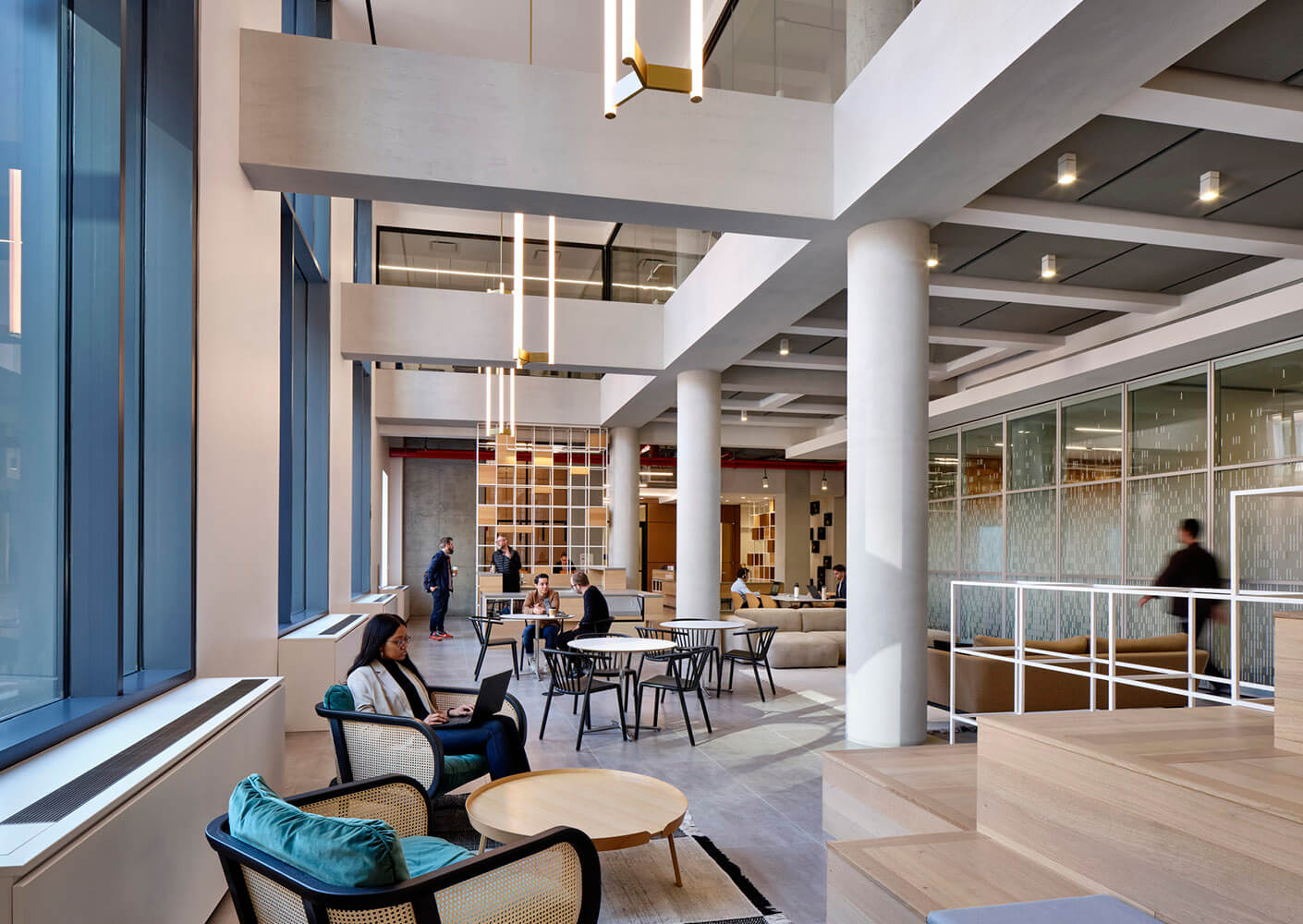
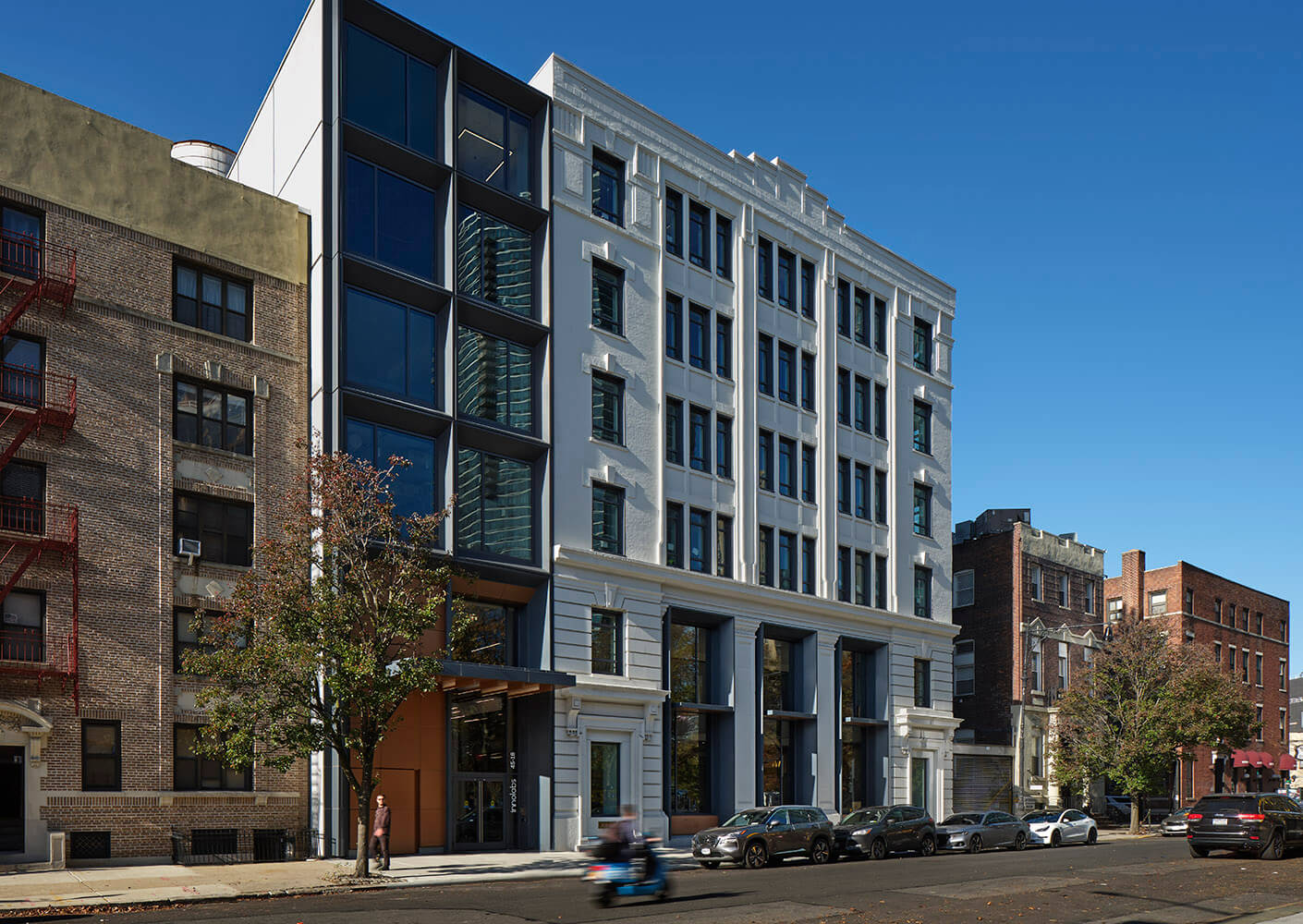
Adaptive re-use projects are generally more environmentally sound than all-new construction, and this project is no exception.
Preserving the original construction materials reduces the project’s carbon impact, and upgraded insulation and new high-performance windows combine to create an energy-efficient shell. Its location near bike paths and public transit eliminates the need for parking and encourages more eco-friendly commutes.
Other sustainable strategies, including a new stormwater management system and efficient mechanical systems, have resulted in LEED Gold certification.
The historic building’s artful expansion creates a unique architectural statement and heralds the neighborhood’s revival. But the best design ideas need the best delivery.
“Making the building work right and look right as a whole, when you’re blending a hundred-year-old structure with modern functionality, is easy to talk about,” Jaram says. “But it’s very hard to do, and to do well.”
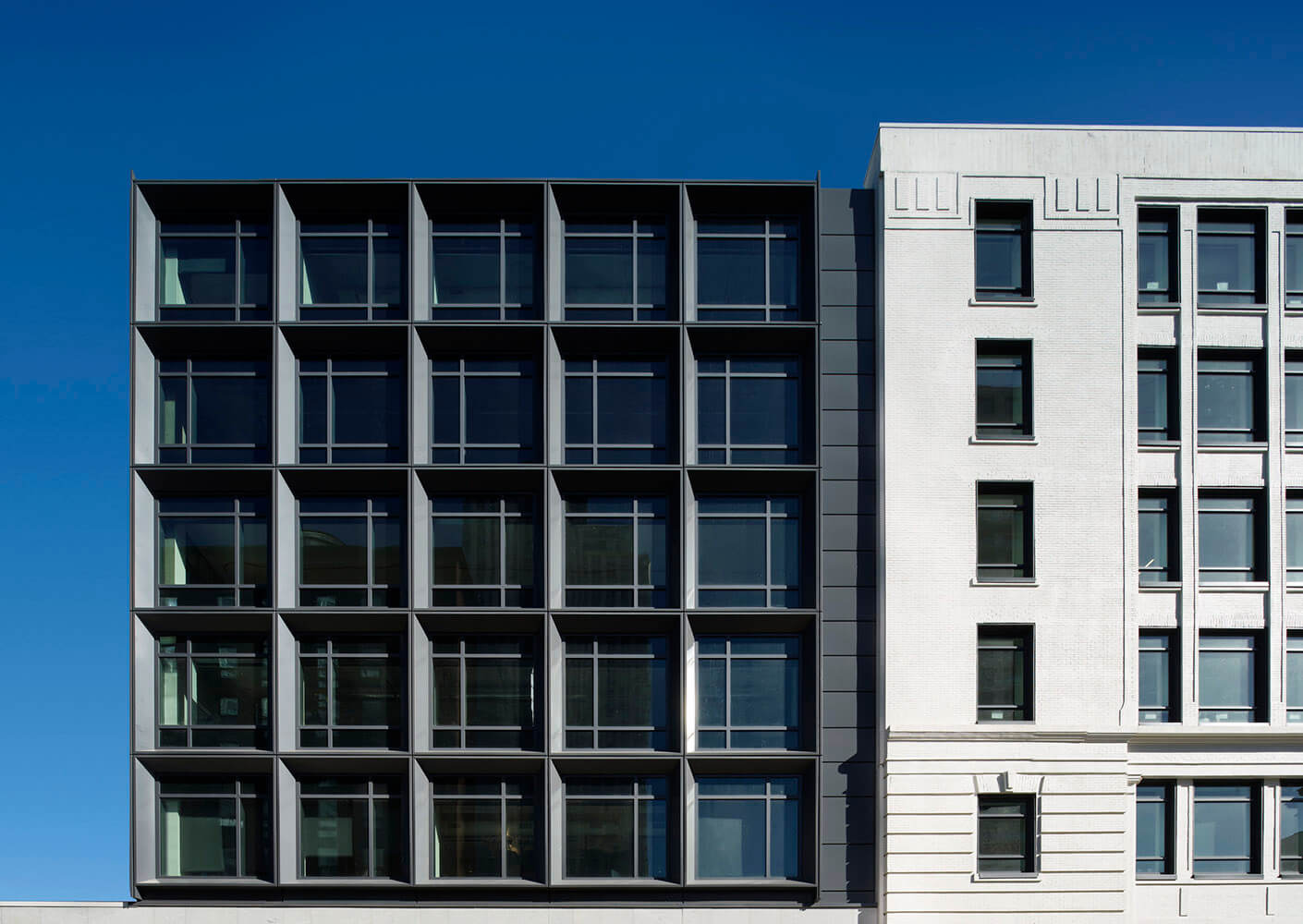
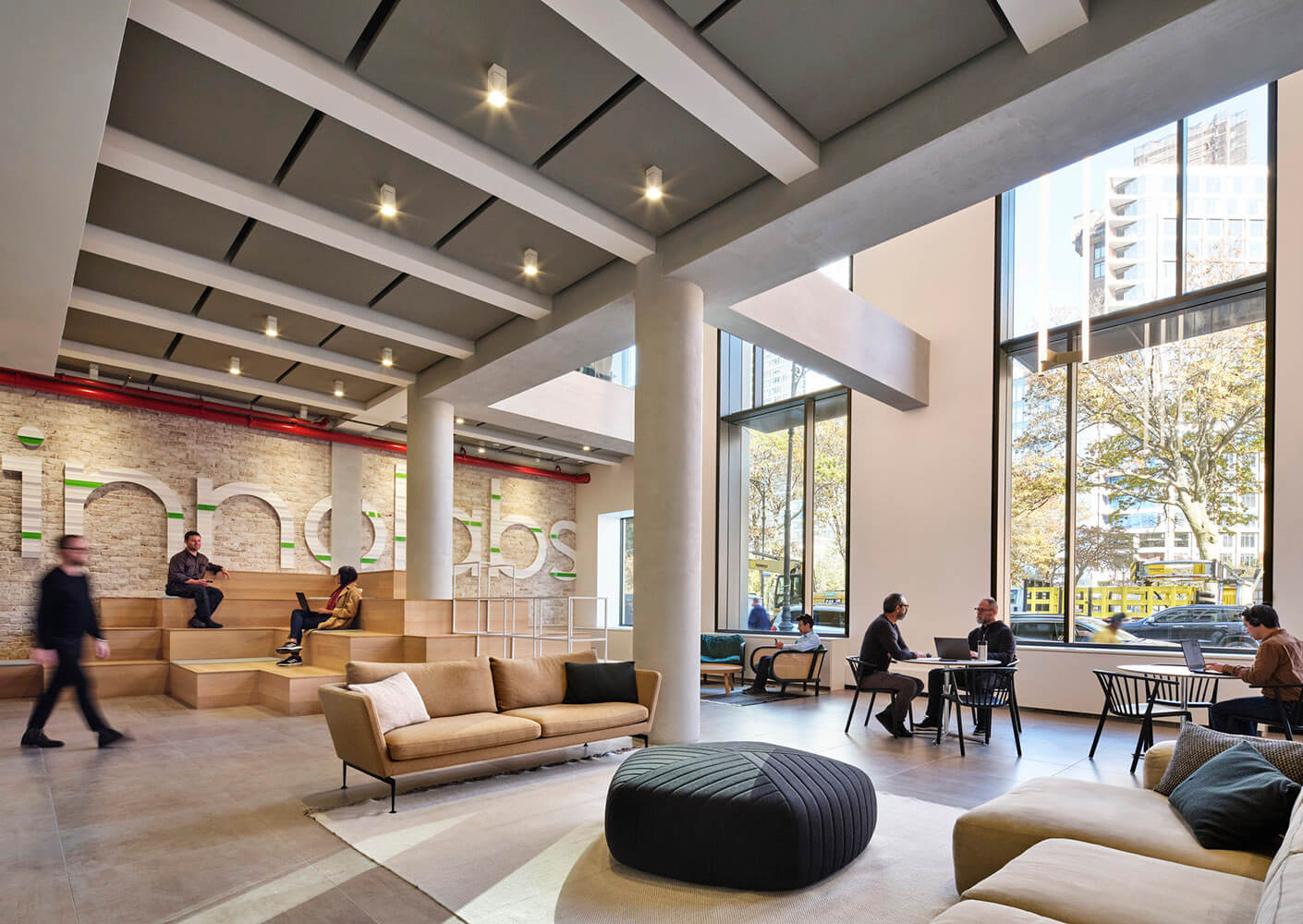
― ED JARAM, KING STREET PROPERTIES
